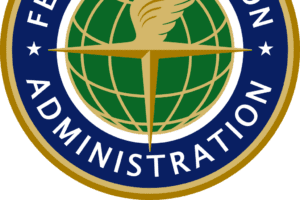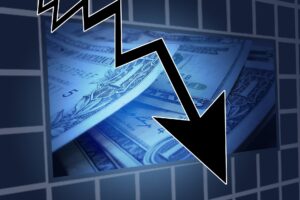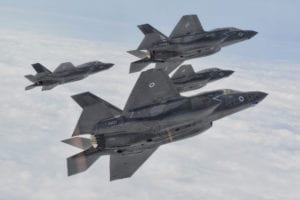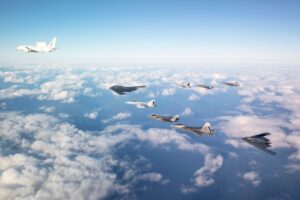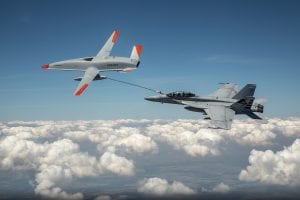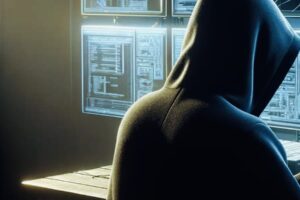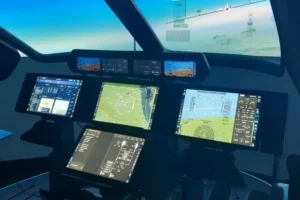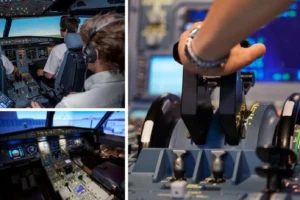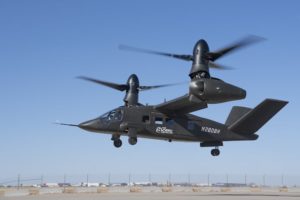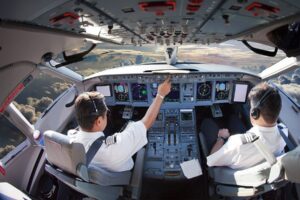Army Details Hybrid-Electric VTOL Interest, Aims For Tech Demos In FY ‘26-’30
By MatthewBeinart | July 25, 2024
Send Feedback | @@MBeinart22
The Army has detailed an extensive plan for evaluating hybrid-electric vertical take-off and landing (VTOL) platforms and enabling technologies, with an aim to hold capability demonstrations between fiscal years 2026 and 2030.
A Request for Information notice published on July 16 notes the Army’s intent with hybrid-electric VTOL exploration effort is to bolster the service’s knowledge of the capability space, reduce risk associated with hybrid-electric technology, demonstrate advancements in aviation platform capability and inform its science and technology strategy for aviation, future requirements and “program of record roadmaps.”
“Electric, more-electric, and hybrid propulsion technologies for aircraft are being investigated and developed by many segments of industry, including large and small, new and established, non-DoD-affiliated and traditional defense contractor companies. Tremendous gains in individual components and system designs have brought the advanced air mobility industry to the cusp of success,” the Army writes in the RFI.
The Army states its interest in exploring hybrid-electric VTOL is focused on potential attributes including reduced fuel consumption, affordability and operational advantages such as silent approach and high speed cruise with low-speed loiter.
The RFI opens with the Army noting it hopes to answer “many questions” on hybrid-electric VTOL with this demonstration effort, to include whether fully electric systems “limit mission flexibility” and if hybrid systems require a high level of expertise for optimization “due to the number of variables and large design space.”
“For the Army, many questions remain about the viability of these systems for military missions. Internal analysis based on best available knowledge has shown specific power and energy limitations may present mission performance challenges,” the Army writes.
The Army adds it plans to spend approximately $5 million to $7 million a year between FY ‘26-’30 on hybrid-electric VTOL demonstrations.
“While available funding is significant, it may be insufficient to solely fund the design, fabrication and test of a new-build aircraft. The government is open to cost sharing/teaming opportunities with industry for technology demonstrations provided goals and schedules align, and data rights arrangements are suitable,” the RFI notes.
The eventual Request for Proposals is expected to open “the aperture to a wide range of technical solutions,” to include an “objective aircraft design” to “critical enabling technologies,” with the Army leaving open the possibility of funding one or more proposed efforts
“An objective aircraft design provides a target for technology development and indicates a capability that could potentially be adapted to satisfy a future requirement. While demonstration of the full objective aircraft may be cost prohibitive and unnecessary, critical enabling technologies integrated into practical systems can be demonstrated. A future RFP would ask for information about both the objective aircraft design and how the integrated, enabling technology demonstrations would be executed,” the Army writes. “However, top level funding is fixed, therefore these decisions will be guided by the proposals received, balancing S&T value and available resources. Non-selection will not necessarily imply any deficiency in the proposal.”
For full hybrid-electric VTOL aircraft designs, the Army provides a broad list of general “mission descriptions in the RFI to include an interest in: militarized, autonomous hybrid-electric VTOL platforms “capable of frequent and routine logistics movement of supplies” with a payload capacity of 1,200-2,000 pounds and an un-refueled/recharged combat radius of 130 nautical miles, small helicopters capable of “extended, precision” hover and medium-lift rotorcraft that showcase improvements in “range/payload capacity, operating and sustainment cost, fuel quantity use, or safety.”
The RFI also notes the Army’s interest in Group 3 or 4 drones “using hybrid-electric technology to extend range and endurance, or to provide good flight performance characteristics in multiple flight regimes,” including high and low-speed loiter operations.
“Ideally, demonstrations will be conducted at an aircraft system-level to show integration, interfaces, dependencies, synergies and constraints of constituent component technologies in a realistic, workable system. Ground and/or flight demonstrations are desired as project cost and outcomes are balanced. Surrogates such as iron/copper birds or alternative aircraft (including piloted) may be used to demonstrate critical enabling technologies as necessary to provide evidence that the objective design is credible,” the Army writes in the RFI.
A version of this story originally appeared in affiliate publication Defense Daily.
